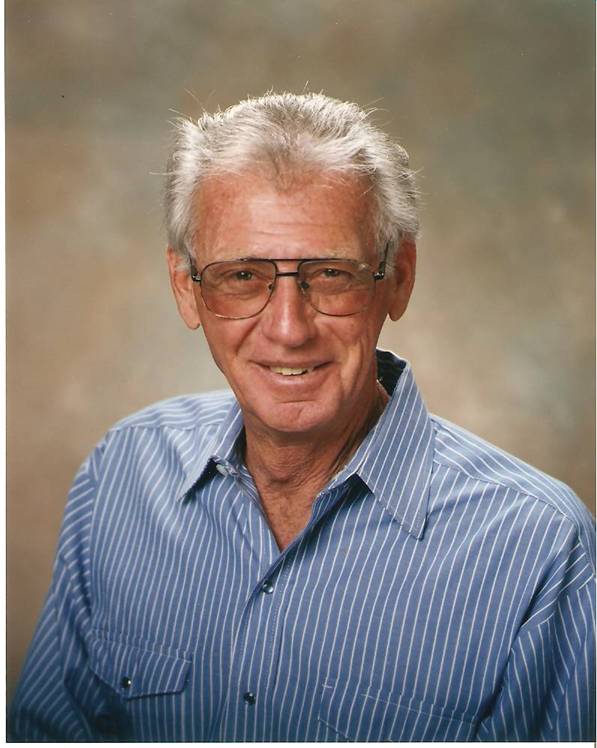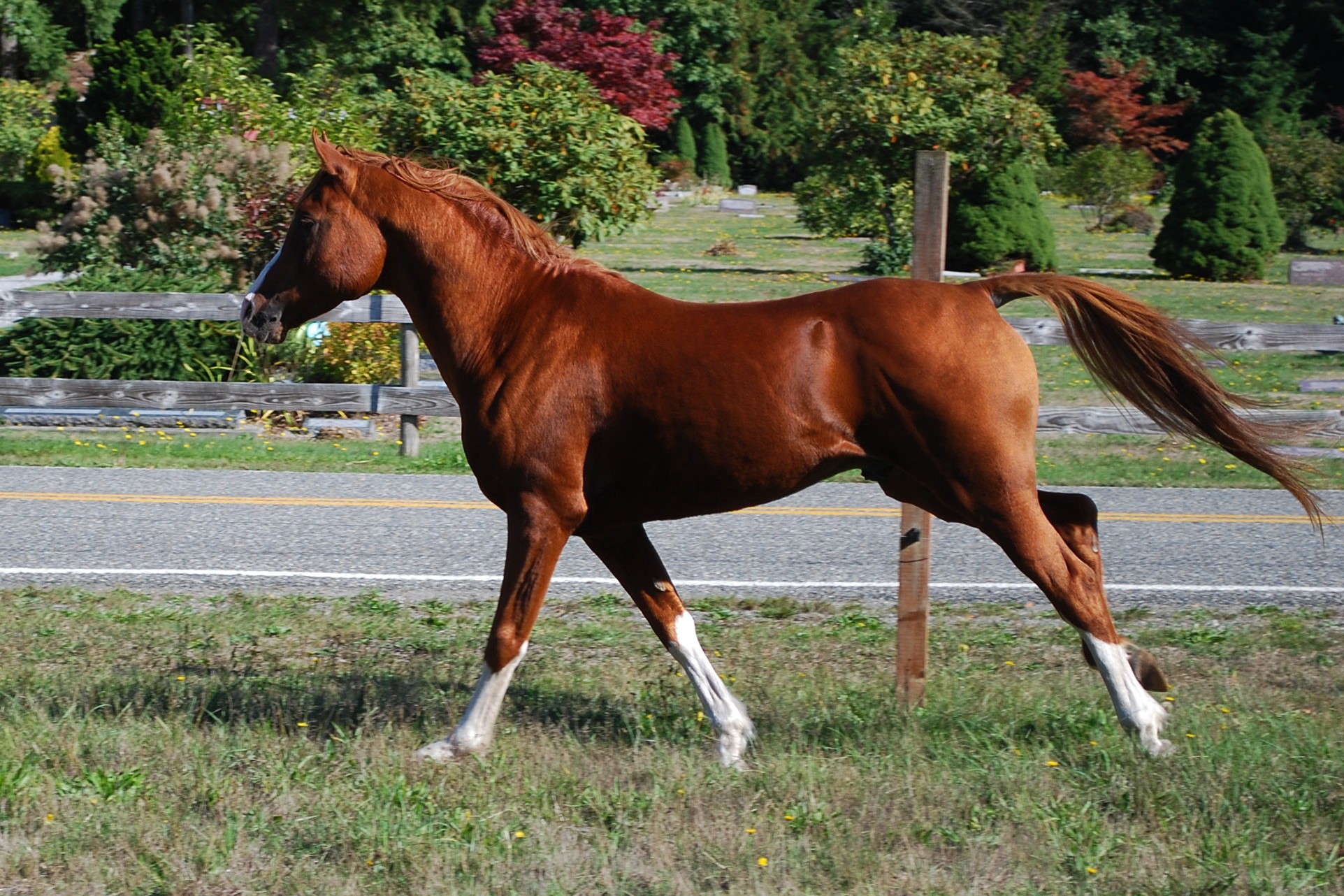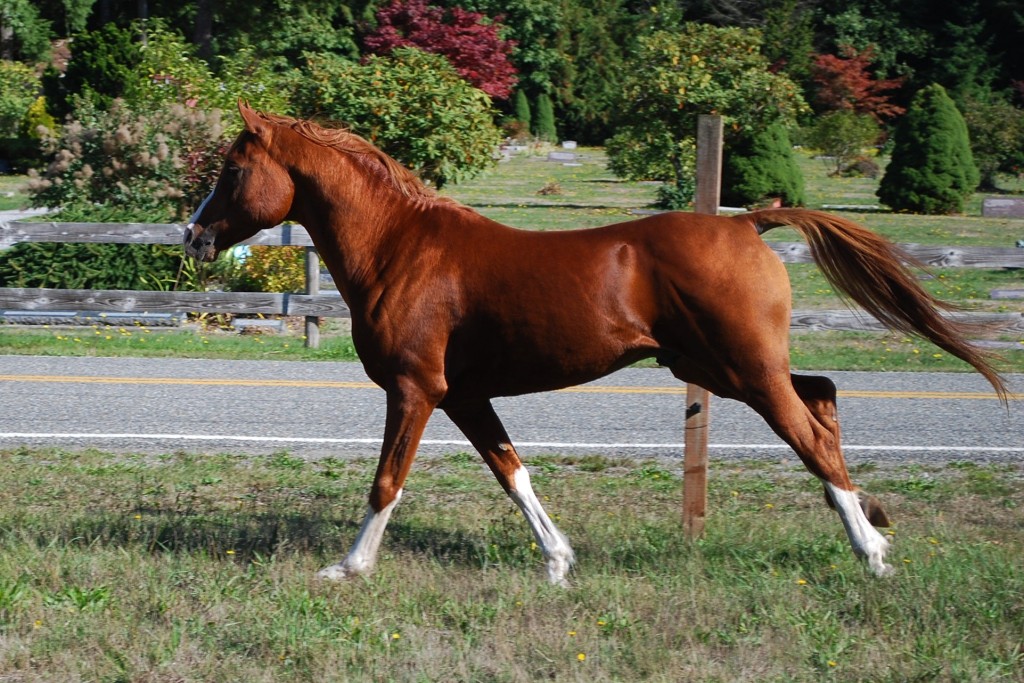Understanding Your Horse’s Gait and Footfall Sequence
by Don Blazer, Horse Courses Online
Horses and mankind have been doing a lot of moving together for the past 5,000 years and yet, amazingly, few horsemen actually know how a horse moves. Of course he puts one foot in front of the other and the muscles move the bones, but what is important to know is how the bones move and where.
The majority of people who own horses cannot tell you the sequence of the footfall for the walk, jog, trot, lope and canter. There is a difference, you know, between the jog and trot, and the lope and canter and that difference isn’t the kind of saddle on the horse’s back. The jog and lope are western gaits, in which the flight of the foot travels a more rounded arc and the horse covers less ground, essentially moving forward more slowly. Both the jog and lope are unnatural gaits and must be learned by the horse. The idea is that the western horseman wants a slow moving horse when pushing cattle so he doesn’t run all the fat off the cow and all the money out of the bank. The flight of the foot during the trot and canter is much more natural and follows a longer, lower path. The English rider doesn’t care about fat cows; he just wants to catch the quick, brown fox.
Even though horsemen have watched horses walk for years, most don’t seem to know how the horse does it. The most common error is thinking the horse begins walking by moving the front foot. He does not. All of a horse’s action initiates in the hindquarters. The hindquarters push the horse forward, the horse loses balance and reaches forward with a front leg to catch himself and re-establish his equilibrium. The sequence of strides at the four-beat walk might be left hind, left fore, right hind, right fore. The front foot begins moving before the hind foot strikes the ground in its new position because a good horse over-strides his front foot print with his hind foot. If the horse doesn’t over-stride, he is said to be “short behind,” a good indication he may have a lameness.
The trot is a two-beat diagonal movement. The action is still initiated in the hindquarters, but in this case a front leg moves simultaneously. The horse may begin the trot by moving his right hind and left fore together, then the left hind and right fore together. There is no over-striding in the trot, and the horse must shorten his body and elevate the flight of the hoof. The jog is essentially a very short forward movement while the trot should have good extension.
The lope or canter is a three-beat gait in which one side of the horse’s body is extended (the leading side) and the other side is contracted (the pushing side).The sequence of strides for the left lead begins with the right hind foot which takes a short (pushing) stride. The left hind and the right fore then move together. The left hind is an extended stride, while the right fore is a short stride. The final (third) beat is the left fore, which moves on a long stride.
Horses also pace, which means they move both legs on the same side at the same time. Sometimes it is natural, mostly it is cultivated. If you have a horse that is not a pacer (Standardbred), and he paces, it usually means he is hurting somewhere. Some horses single-foot. A single-foot is a very smooth four-beat gait which could also be thought as a very fast walk.
“Gaited” horses essentially walk, trot and canter, but with very exaggerated and flashy foot flight. There are some naturally gaited horses, although the excessive action seen in show competition can be man-enhanced. The flashy action in some competitions featuring gaited horses is the result of painful training and shoeing techniques, not nature.
Why is all this information about foot sequence important for the average horseman? The horse knows where his feet are supposed to go, but when the rider doesn’t, it is restricted, hindered, made to move incorrectly and put under strain and possibly injured.
To learn more about foot-fall sequence and how it relates to horse training, take the online course “Training Performance Horses,” written by the late Don Blazer and taught by World Champion trainer Cathy Hanson.

Don Blazer developed and taught the course The Business of Making Money With Horses for www.horsecoursesonline.com, the worldwide leader in online equine curriculum. Also the author of the syndicated columns “A Horse, of Course” and ”Making Money with Horses”, Don lost his battle with lung cancer on April 7, 2014. However, the horse community is grateful that his wisdom lives on through the wealth of books and articles he wrote over the years.








